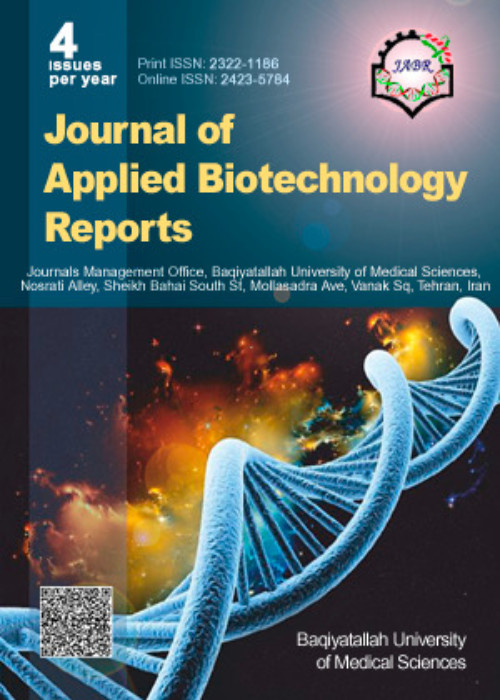Analysis of Imam Hassan's (S) critical sermon after the death of the Prophet (PBUH) based on Falkloff's theory
Critical discourse analysis is the linguistic phenomenon produced by communication, and is a study, social, and interdisciplinary tendency. Critical discourse deals with the analysis and critique of texts that reflect the social, political, and cultural factors governing space, society. The purpose of the present study is to analyze the critical discourse of Imam Hassan Mojtaba (PBUH) in the aftermath of the death of the Prophet (PBUH) based on Farfalaf's theory, which has three levels of description, interpretation and descriptiThe purpose of the present study is to analyze the critical discourse of Imam Hassan Mojtaba (AS) on the events after the death of the Prophet (peace and blessings be upon him) based on Farfalaf's theory, which has three levels of description, interpretation and descriptive-analytic method. This article explores the critical discourse of Imam Hassan Mojtaba (PBUH) in conditions of suffocation, the dominant power of the community and the people of Kufa in protest and criticism of the outlaws, leading to this critical discourse on a number of issues, including: Imamate and succession after the Prophet of God (PBUH), the glorification of the lost right of Prophet Ali (PBUH), mentioning the virtues of his noble father, the compassionate companionship of the Prophet (peace be upon him) and the Enlightenment in order to arouse public opinion. Support and support of Imam and his companions.ve-analytic method. Achieved


